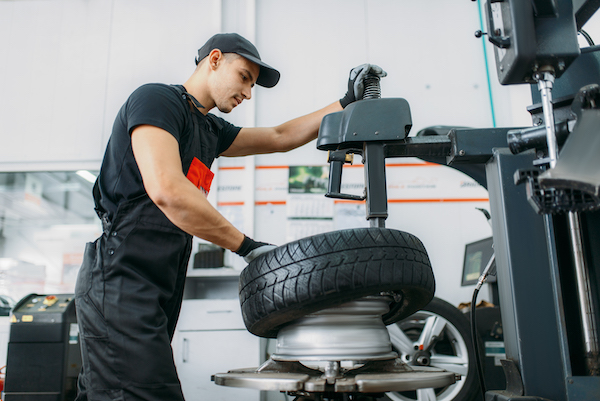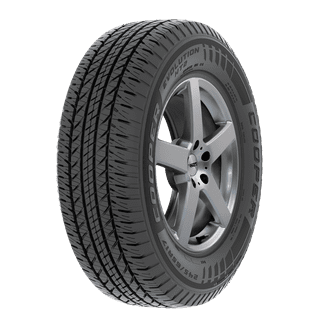Reputable Tire Shop Morris: Your Destination for Quality Tires and Solutions
Tire Service: The Effect of Weather
When it comes to making sure optimum efficiency and safety on the roadway, understanding the effect of weather conditions on tire service is critical. In this conversation, we will check out the elaborate connection between weather conditions and tire service, shedding light on the importance of weather-specific tire maintenance techniques and factors to consider.
Warmth and Tire Efficiency
When revealed to high temperature levels, tires experience modifications in performance that can considerably impact vehicle safety and handling. The warmth created from extended driving or heat problems creates the tire rubber to soften, causing minimized walk life and increased wear. As the rubber comes to be softer, the tire's grasp when driving decreases, affecting stopping distances and overall grip. In severe cases, too much warmth can also cause tire blowouts, posing an extreme security risk to the lorry and its passengers.
In addition, high temperatures can speed up the procedure of tire aging, creating the rubber to deteriorate much more swiftly. To minimize the effects of heat on tire performance, motorists must regularly check their tire pressure, turn tires to make sure also use, and evaluate for any kind of indicators of damages.
Cold Weather Effects
Cold weather condition conditions can have a considerable influence on tire efficiency and security. As temperatures decrease, tire rubber can solidify, causing reduced traction on icy or snow-covered roads. In cold weather, tires may also lose atmospheric pressure more rapidly, which can affect handling and gas performance. In addition, cool temperature levels can trigger tire sidewalls to stiffen, boosting the danger of damage from potholes or various other roadway threats.
To minimize the results of winter on tires, it is essential to frequently check tire stress and inflate them to the producer's recommended degrees. Using winter or all-season tires created for chilly weather problems can also boost traction and grasp on icy or snowy roads - discount tires morris il. Appropriate tire upkeep, consisting of regular examinations for wear and damage, comes to be much more important during cooler months to ensure optimum performance and security
Rainy Issues Effect
During rainy conditions, tire performance and safety can be significantly influenced by the damp roadway surface areas and lowered presence. The step pattern of tires plays a critical duty in keeping grip on check my reference wet roads. Tires with damaged footsteps are a lot more susceptible to hydroplaning, where a layer of water accumulates between the tire and the road surface area, resulting in loss of traction. To combat this, drivers should frequently evaluate their tires for ample step deepness and consider buying tires specifically designed for damp conditions.

Snow and Tire Safety And Security
When driving check here in snowy problems, having the best tires can make a substantial distinction in safety and performance. Wintertime tires are made with unique rubber substances and step patterns to provide much better traction on snow and ice compared to all-season tires.
In enhancement to making use of winter months tires, it is essential to ensure they are correctly pumped up. Winter can create tire stress to go down, impacting grip and handling (tire shop morris). Frequently inspecting and maintaining the appropriate tire pressure is vital for ideal performance in snowy conditions

Weather-Related Tire Maintenance
Weather-related tire maintenance encompasses an array of practices intended at making sure optimal tire feature and long life in different weather circumstances. One crucial official statement aspect of weather-related tire upkeep is tire pressure regulation. Evaluating tire walk frequently and changing tires when walk wear reaches a particular depth is essential for preserving traction and security in adverse climate.
Final Thought
In conclusion, climate conditions have a substantial effect on tire efficiency and security. From warmth impacting tire stress and wear to cool weather lowering traction, it is crucial to consider the climate when maintaining and utilizing tires. Rainy conditions can lower grip and cause hydroplaning, while snow can increase the danger of crashes if tires are not properly furnished. Weather-related tire upkeep is essential in making certain optimal performance and safety and security on the roads.
In this discussion, we will certainly check out the intricate connection between climate problems and tire solution, losing light on the importance of weather-specific tire maintenance methods and considerations.
